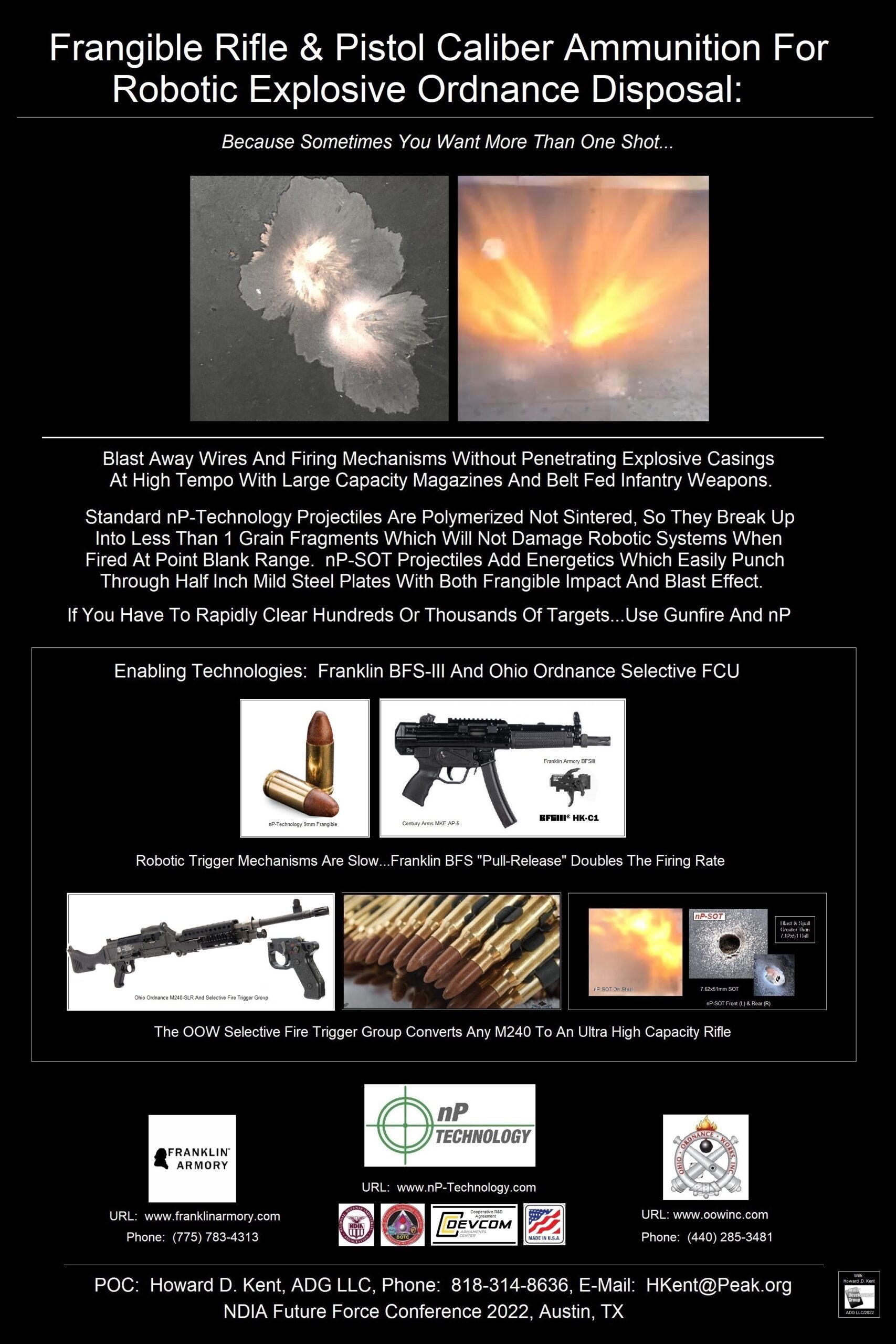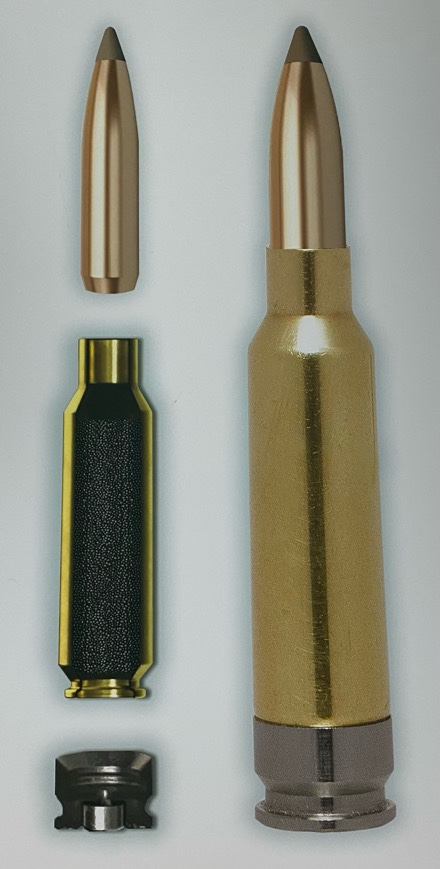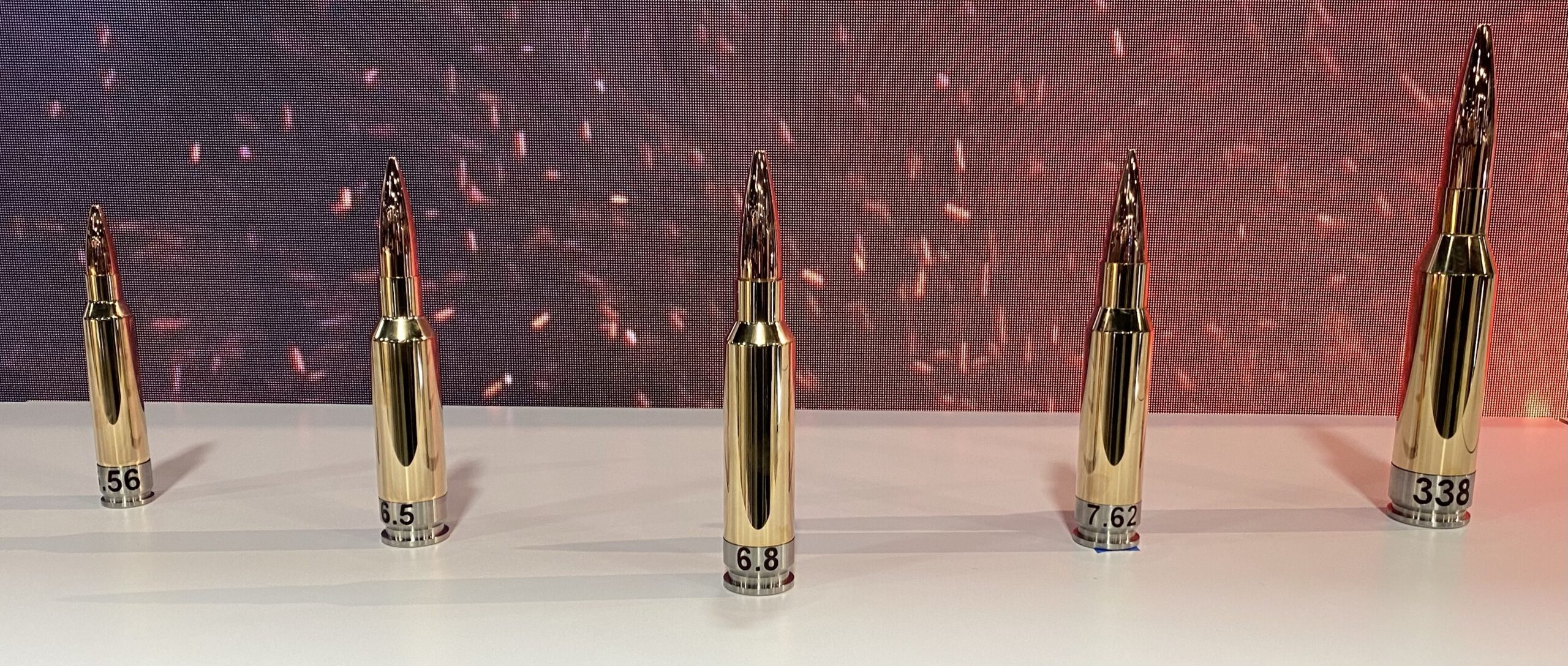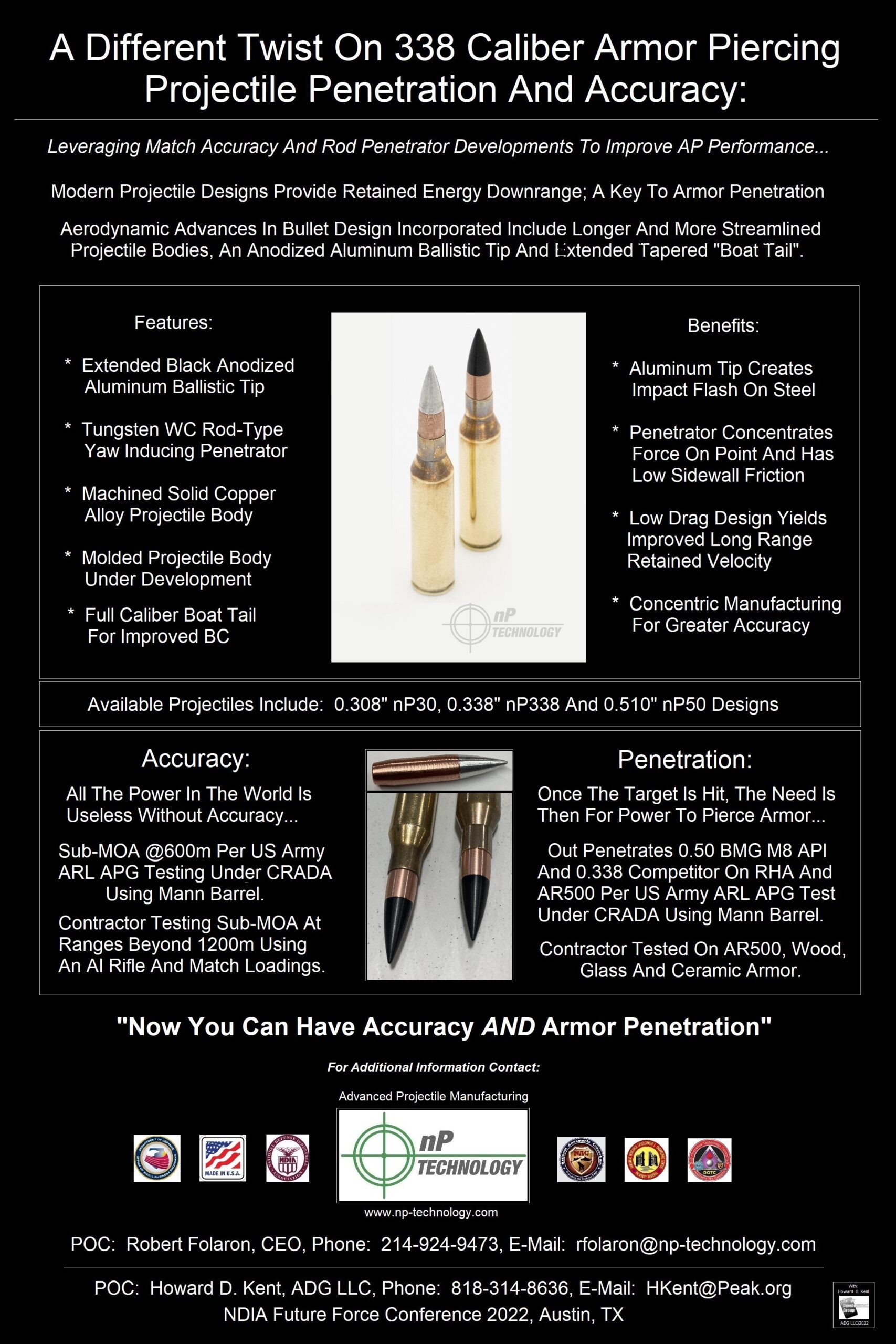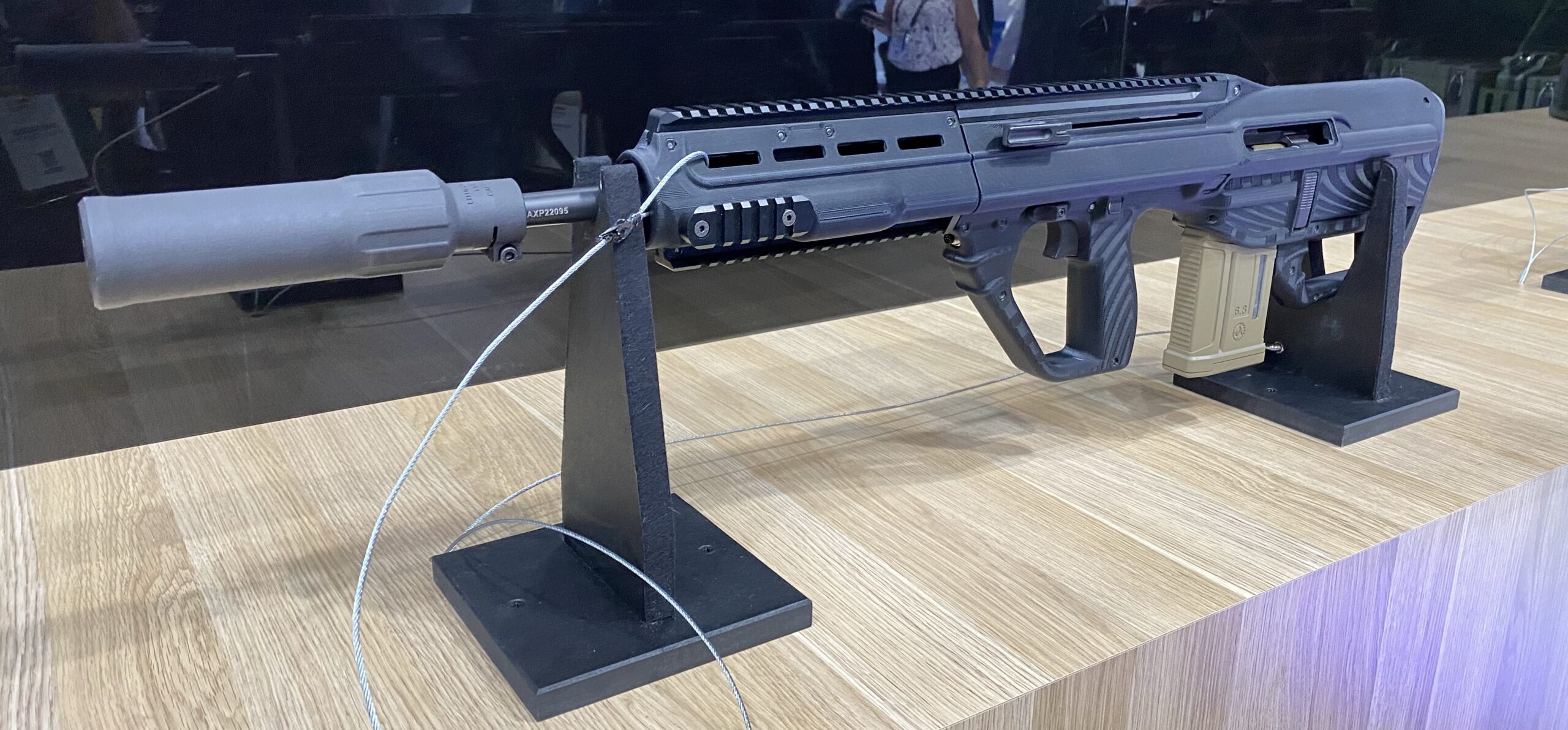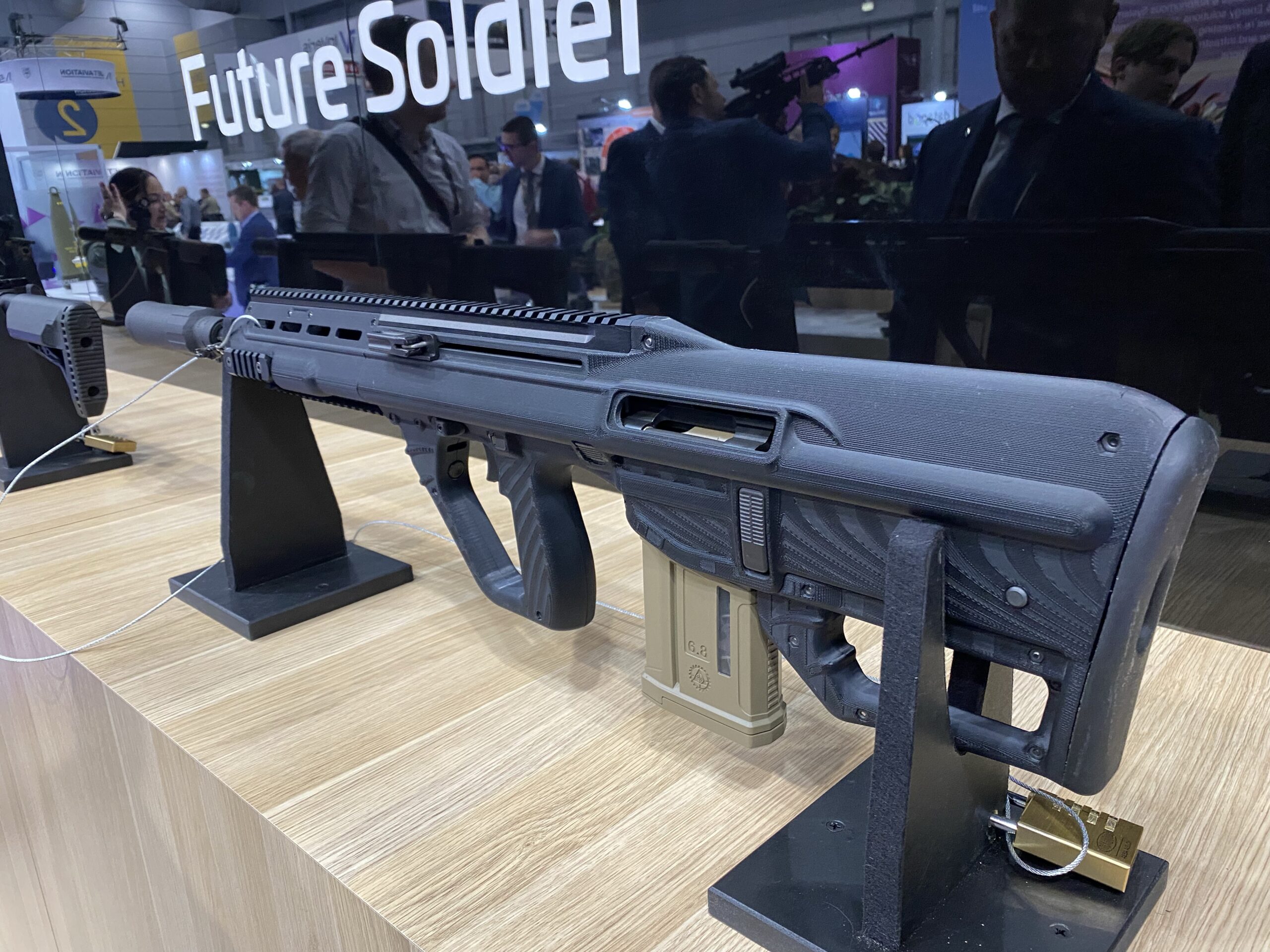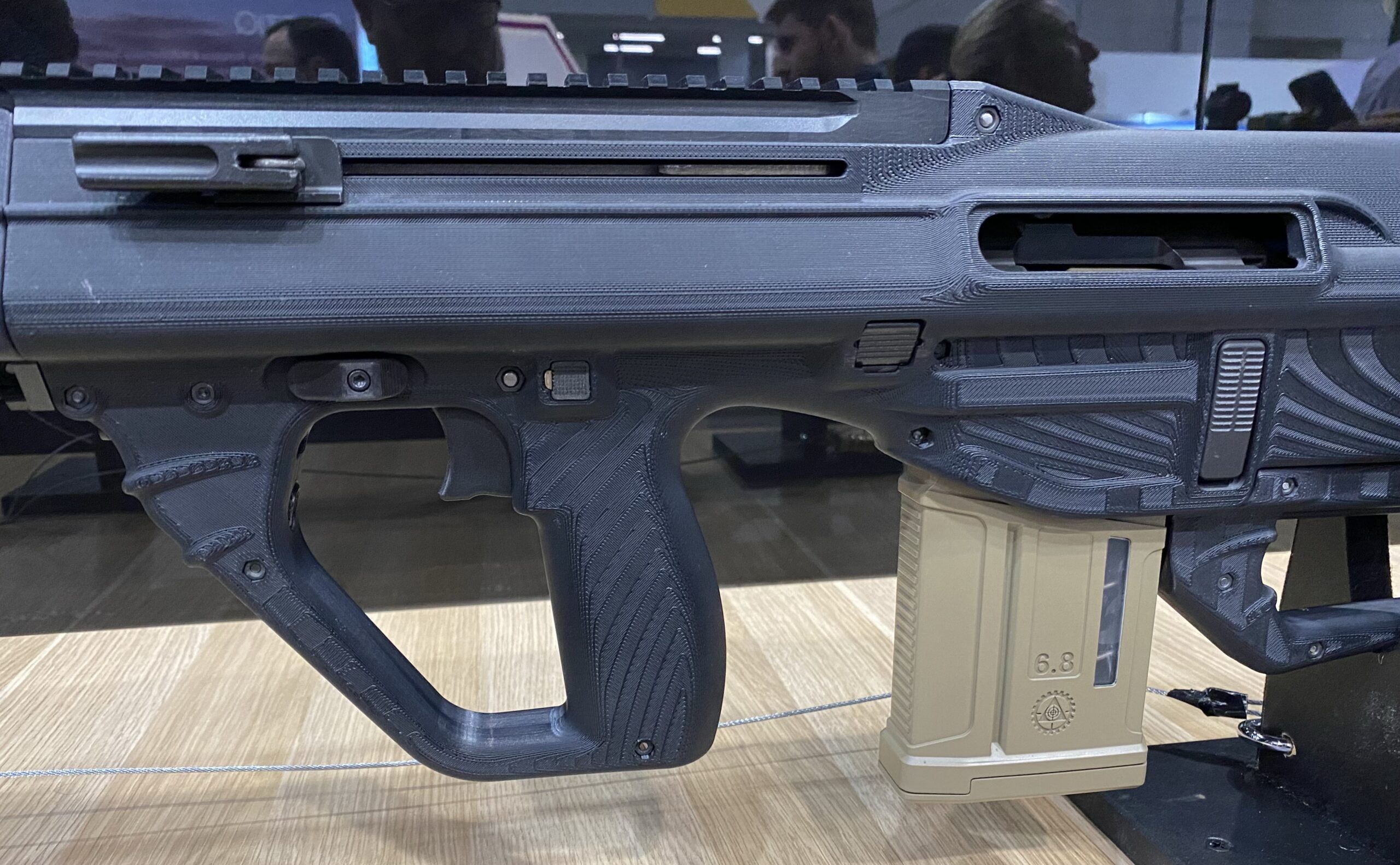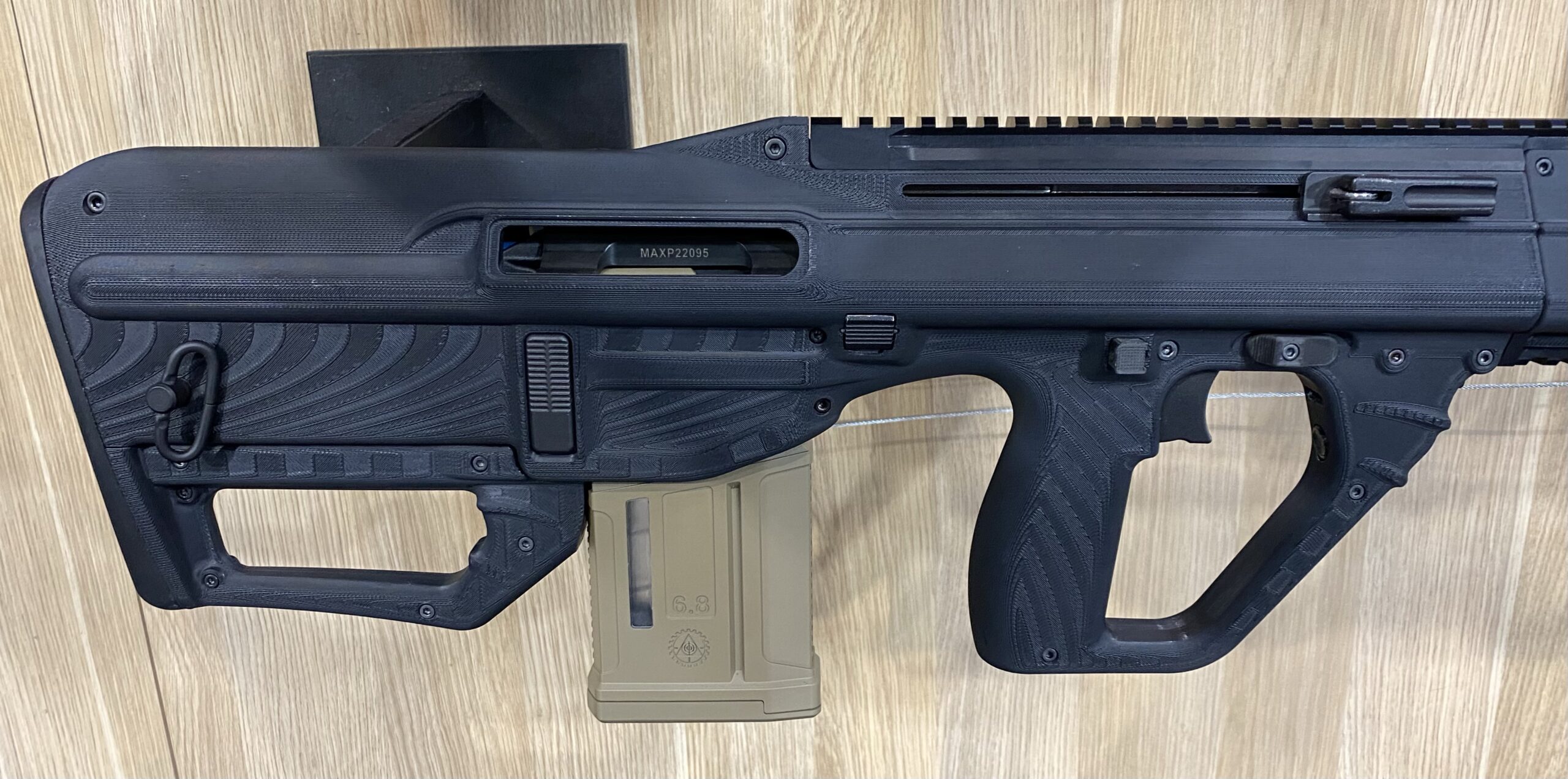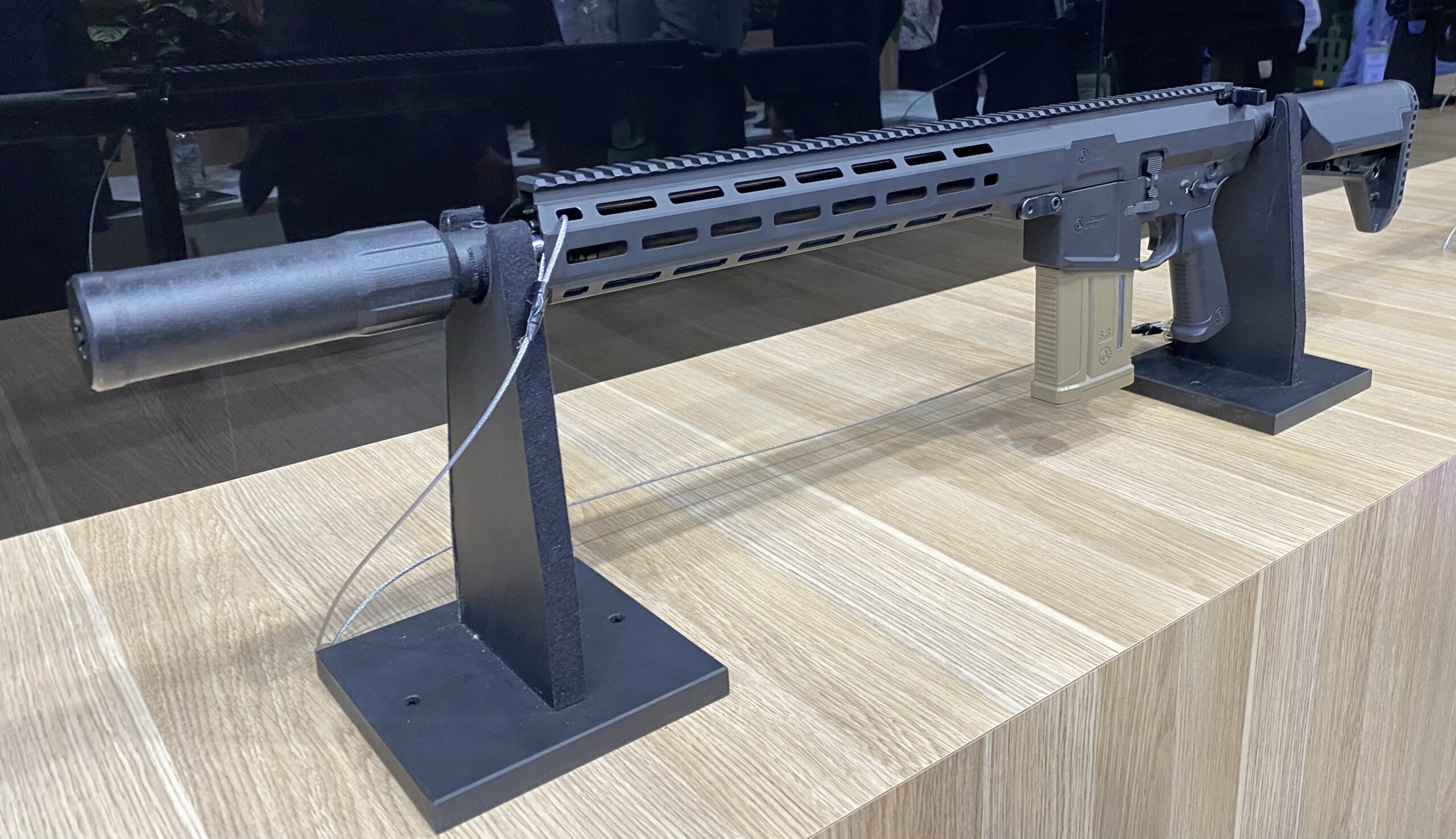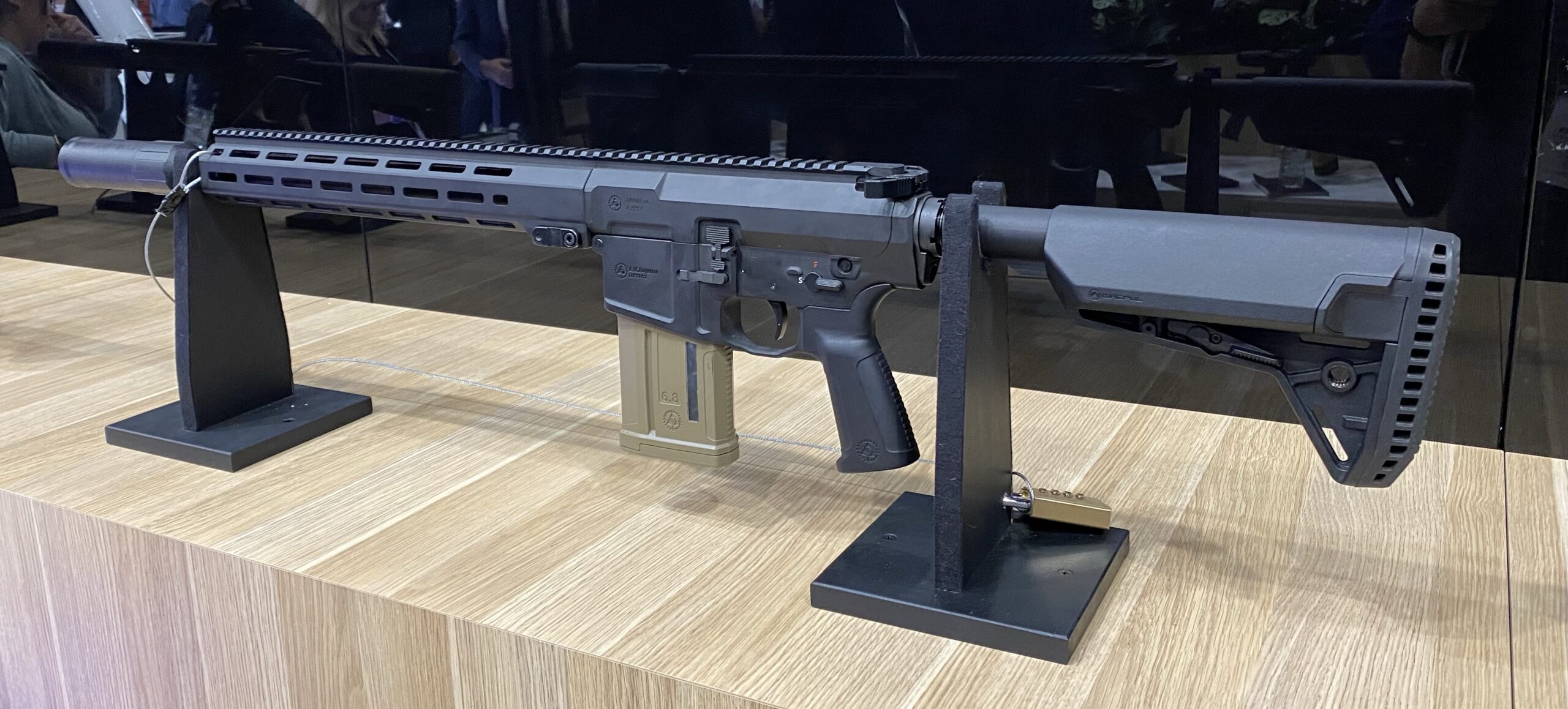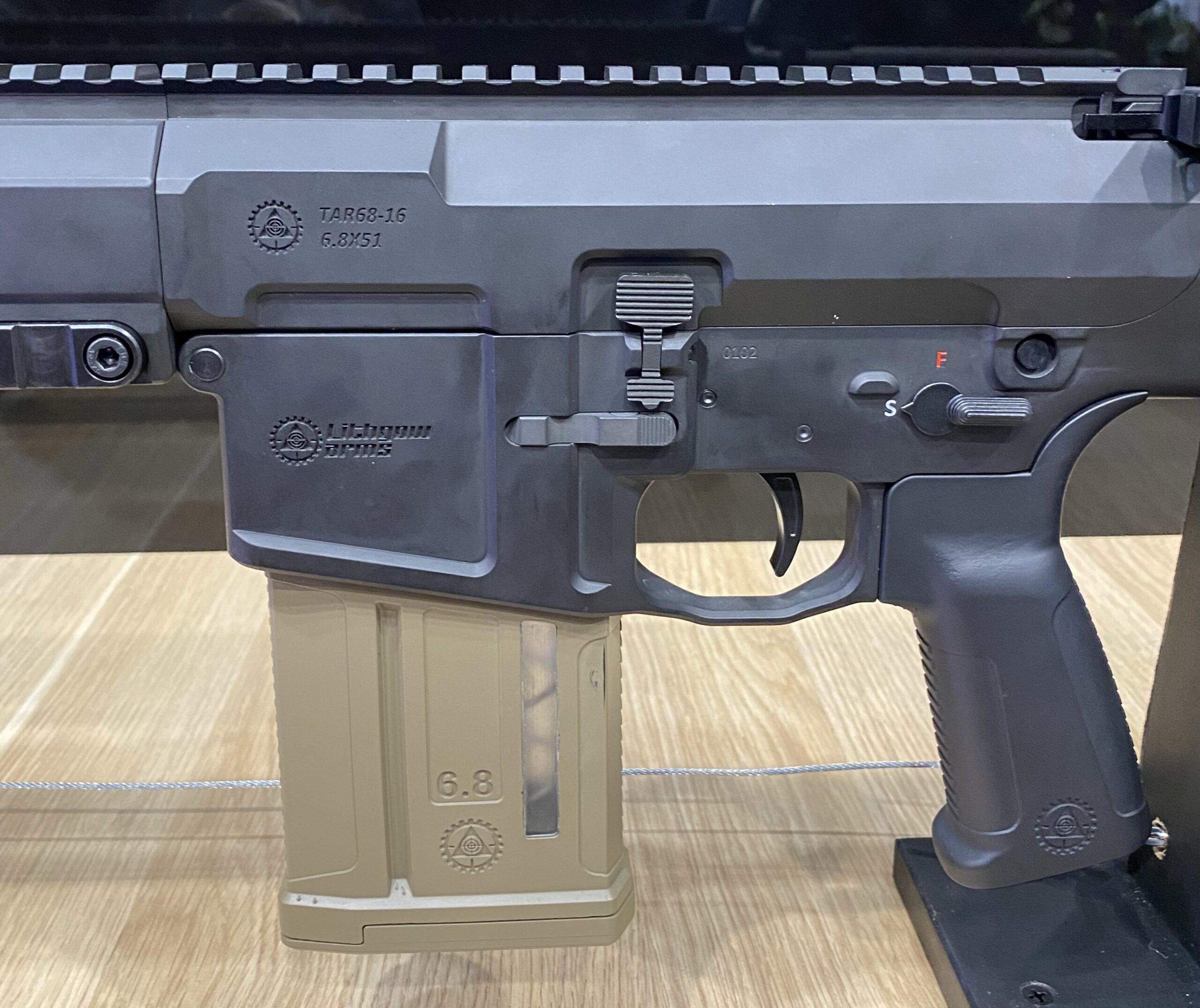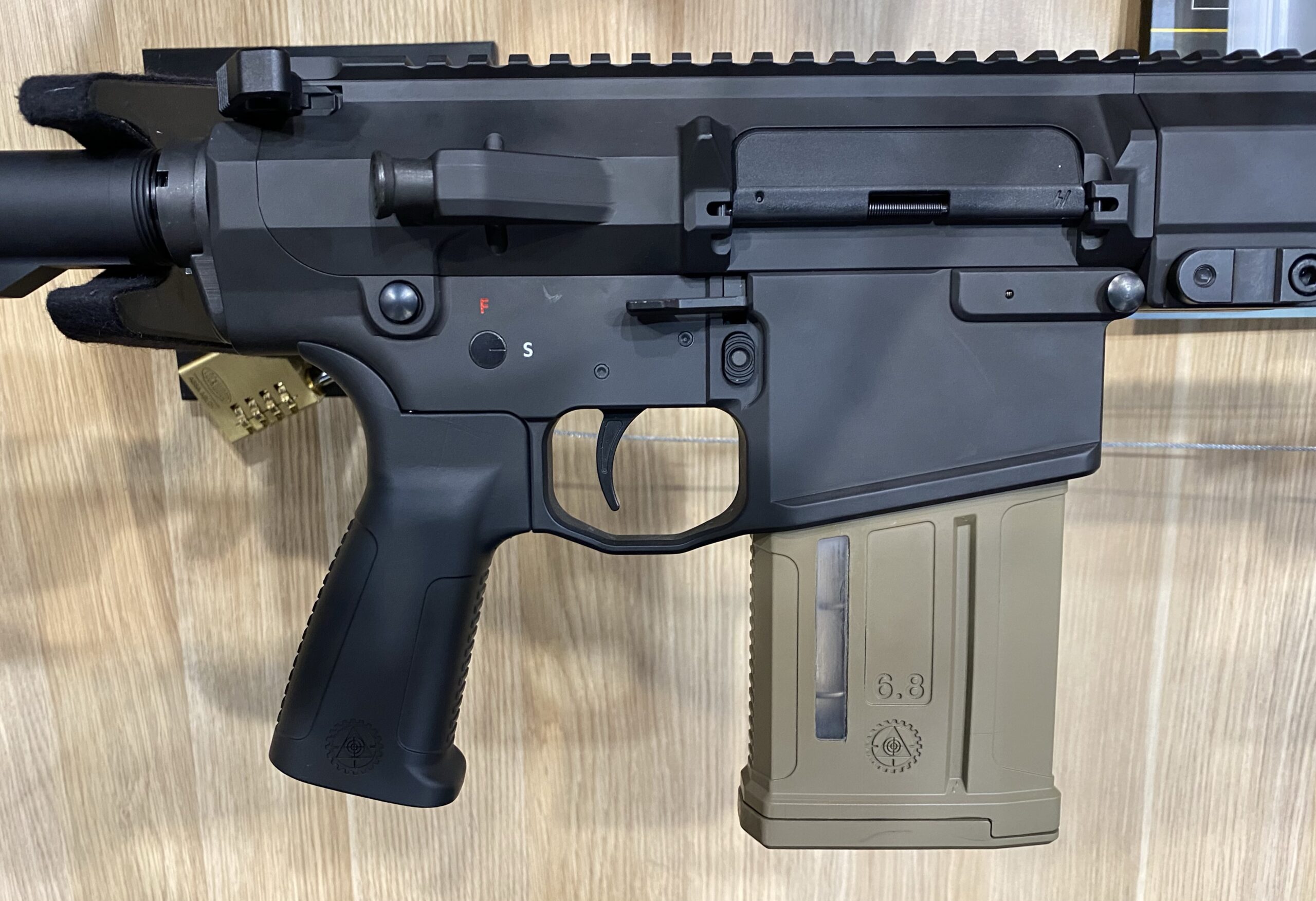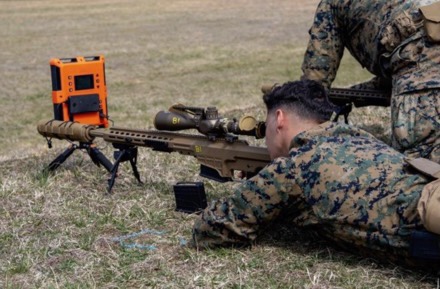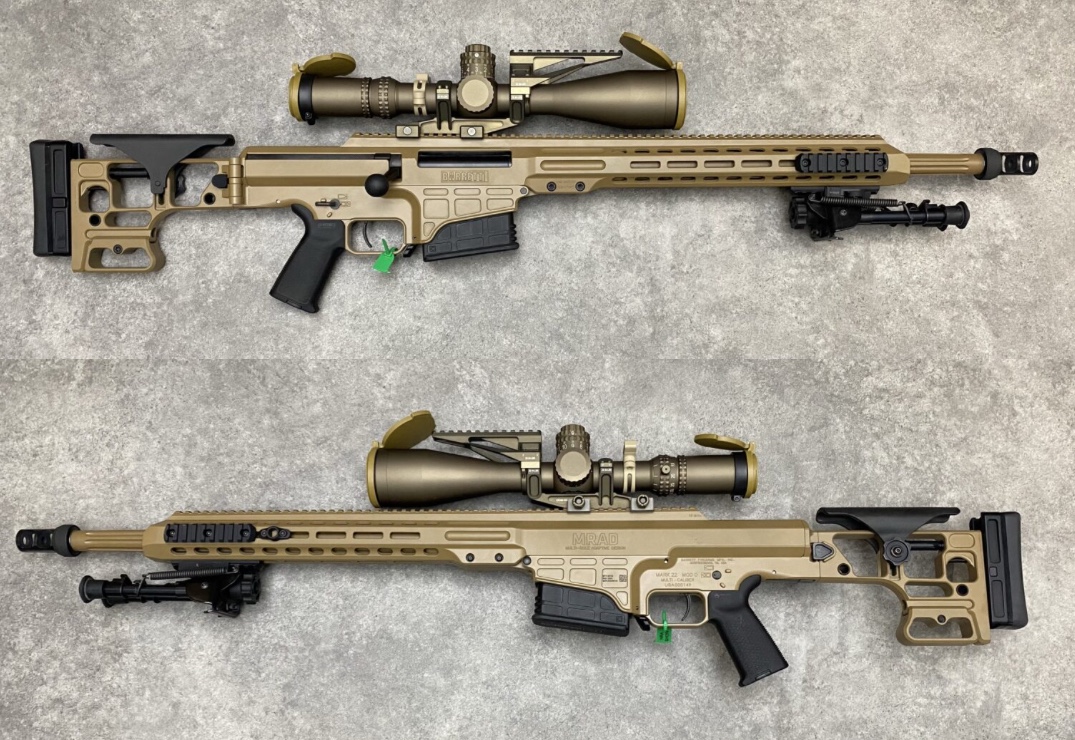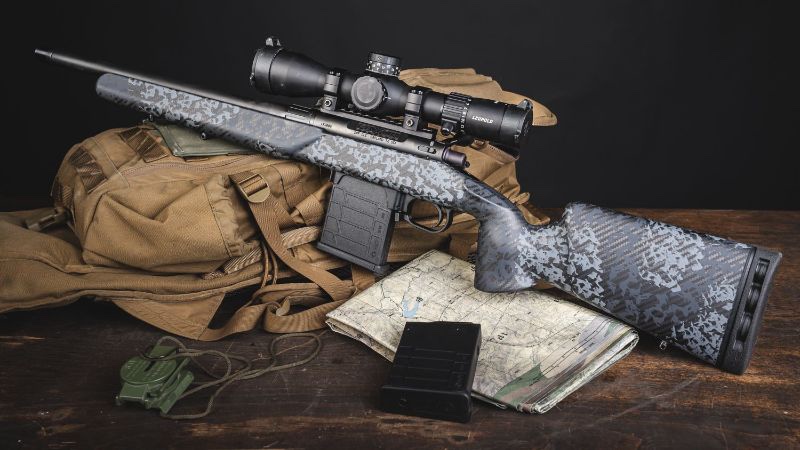
Not content with merely making barrels for the new 8.6 Blackout, Faxon Firearms has recently released the Overwatch rifle series, looking to combine top-quality bolt-action rifle building with the 8.6 Blackout caliber. Today we’re breaking down the two versions of the Overwatch Tactical.
The Overwatch is available in a more traditional style with the Overwatch Hunter, as well as two flavors of chassis builds in the Overwatch Tactical, in a 16″ barreled rifle and a 12″ barreled/braced pistol.
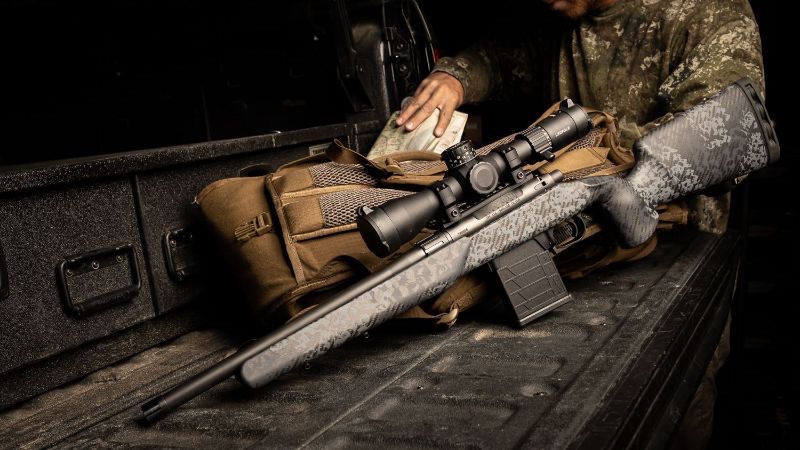
The Overwatch Tactical 16″
The 16″ Faxon Overwatch Tactical Bolt Action in 8.6 BLK provides modern modularity and attachment capabilities while retaining the classic bolt action experience.
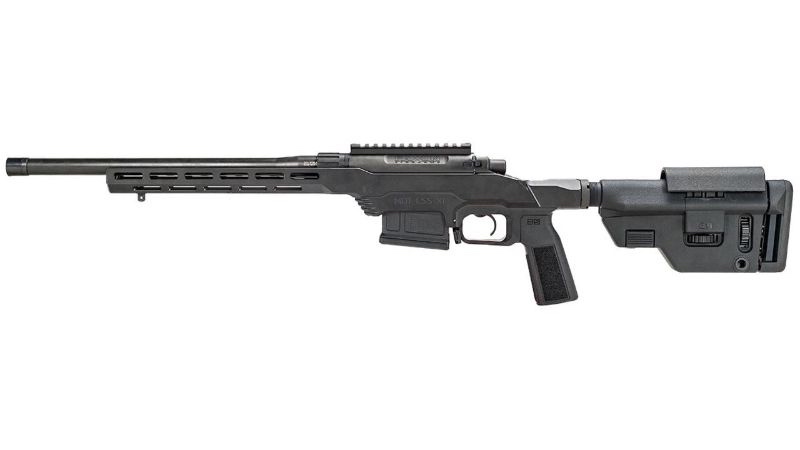
Features and Specs
• Faxon 16″ 1:3 Twist 8.6 BLK Barrel w/ Thread Protector, Taper Adapter, and Remage-Style Nut
• Muzzle threaded M18x1.5mm for use with any AI standard muzzle device or suppressor mount
• MDT LSS XL Gen 2 Chassis
• Faxon TAC 30 Action & Bolt by Stiller
• AICS Mag Compatible
• Timney Elite Hunter 510-V2 Trigger
• B5 Precision Collapsible Stock
• B5 Pistol Grip
Weights & Dimensions
• Weight: 7.61 lbs
• Length: 35.375″
• Depth: 8″
• Width: 1.5″
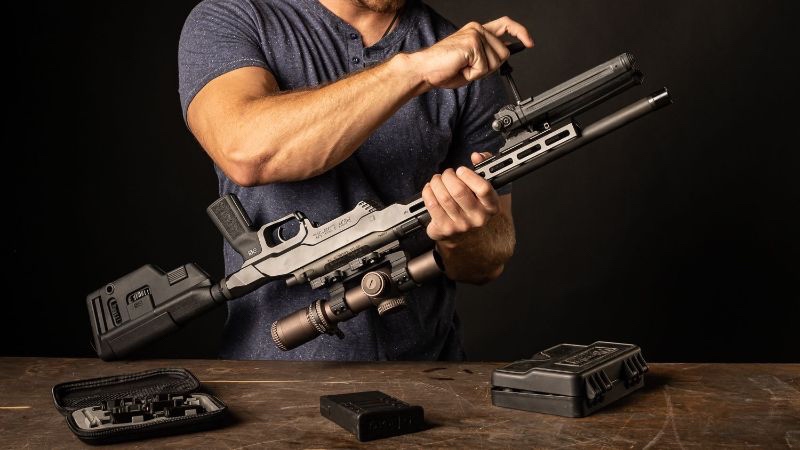
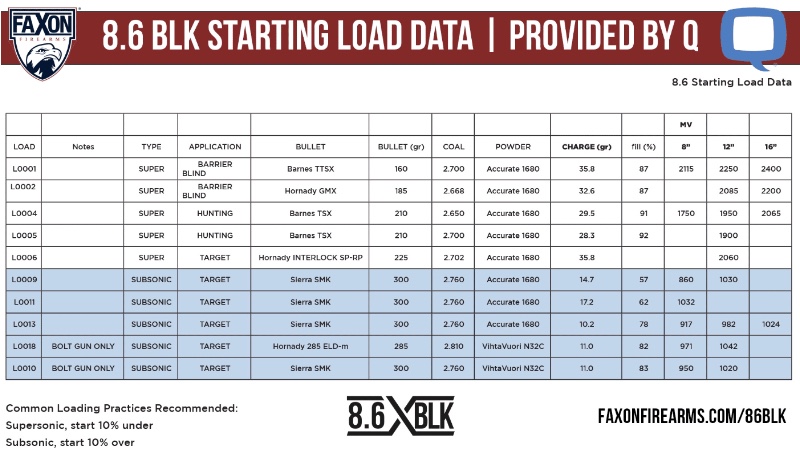
The Overwatch Tactical 12″
The 12″ Faxon Overwatch Tactical Bolt Action in 8.6 BLK provides modern modularity and attachment capabilities while retaining the classic bolt action experience but in a smaller package, of course.
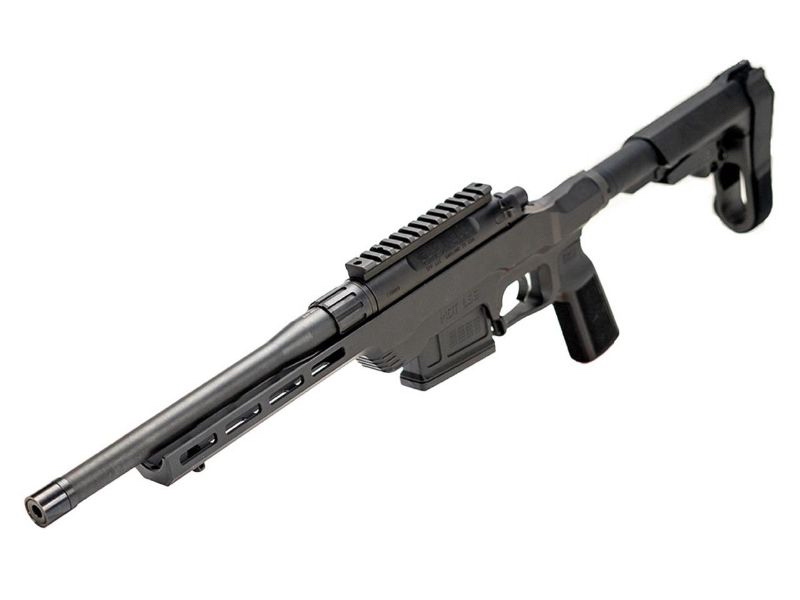
Features and Specs
• Faxon 12″ 1:3 Twist 8.6 BLK Barrel w/ Thread Protector, Taper Adapter, and Remage-Style Nut
• Muzzle threaded M18x1.5mm for use with any AI standard muzzle device or suppressor mount
• MDT LSS Gen 2 Chassis
• Faxon TAC 30 Action & Bolt by Stiller
• AICS Mag Compatible
• Timney Elite Hunter 510-V2 Trigger
• SBA3 Pistol Brace
• B5 Pistol Grip
Weights & Dimensions
• Weight: 7.87 lbs
• Length: 29″
• Depth: 8″
• Width: 1.5″
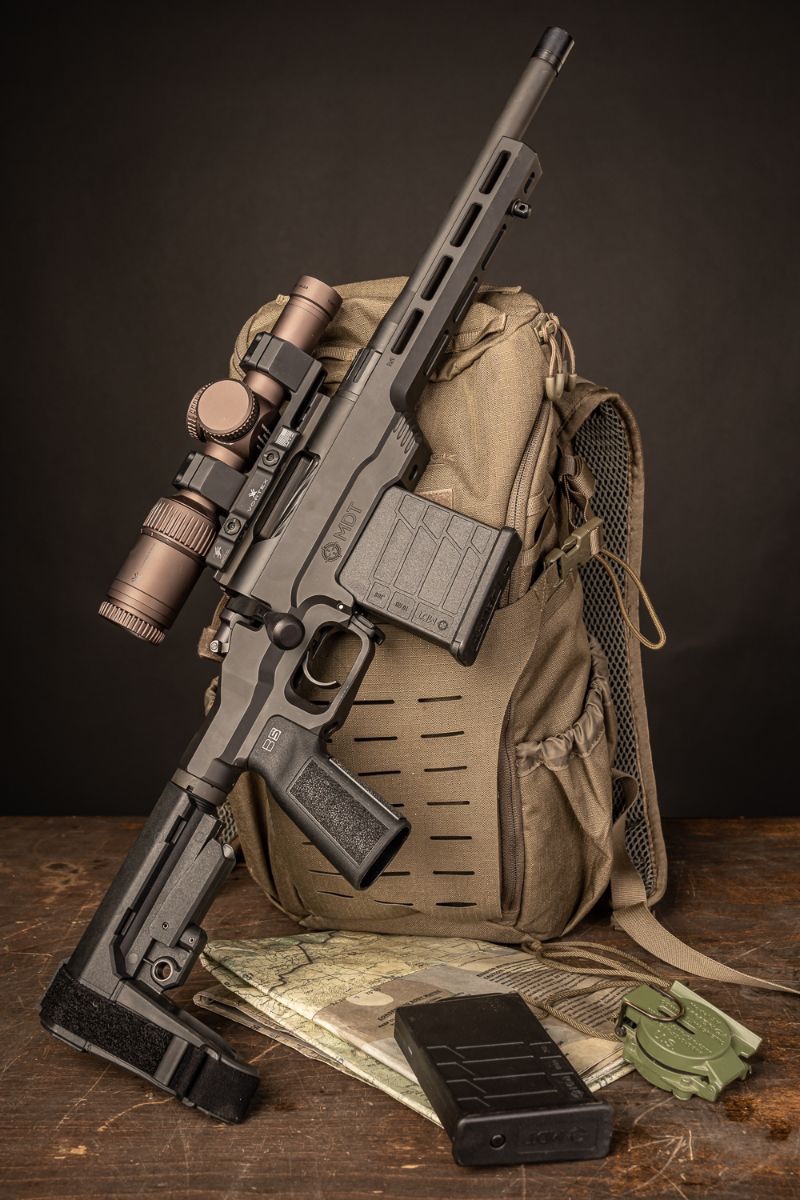
Features of the Overwatch Tactical
Let’s go over the commonalities then the differences; here are the Overwatch 16″ Rifle and 12″ Pistol share these commonalities.
Faxon TAC30 Action by Stiller

Stiller Actions has been making premium quality rifle action based on the Remington 700 for years. With customers hunting in the woods, competing at the range, and chasing down enemies of America, Stiller Actions is well known to those who demand quality.
Tac30 Action
• Designed for Tactical and Long Range Hunting applications
• Bead Blasted 416 Stainless
• 90-degree bolt throw
• Modified M16 extractor, Remington 700 pin-style ejector
• It fits any Remington 700 short-action inlet stock
• Accepts AICS pattern mags
The first thing you’ll notice with the Tac 30 action is how amazingly smooth the bolt rides when you run it back and forth. But, of course, you can thank Stiller’s proprietary, double-layer coating for that.
Timney 510 Elite Hunter 510-V2

The Timney Elite Hunter 510-V2 is one of the best triggers on this earth. Zero creep, sharp break; it’s perfection in tangible form.
The Differences Between The Overwatch Tactical Rifles
There are two primary differences between the Overwatch Tactical 12″ and 16″. First, besides the barrel length, the rifle has a buttstock, while the pistol has a stabilizing brace.
First, let’s talk barrel length. Next, here’s a look at the preliminary load data for 8.6 Blackout, as provided by Faxon and Q.
The difference between 12″ and 16″ with Barnes supersonic 160gr is only 150 fps. With Sierra’s 300gr subsonic round, the difference is about 40 fps. With 8.6 Blackout optimized for performance in short barrels, there’s little difference.
Instead, the barrel length (and corresponding brace/stock) is more about personal preference and legality. For example, in some states hunting with pistols is outlawed, regardless of caliber.
There’s also the matter of comfort and terrain. If you’re on the shorter end, you’ll probably opt for the 12″ barrel. This is also true if you spend more time hunting in densely wooded areas.
But if you’re more of an ent who likes hunting in wide open spaces, that modest performance gain in the 16″ barrel combined with the more adjustable B5 stock makes a better platform for most.
Regardless of which barrel length you prefer, it’s clear that Faxon Firearms is swinging for the 8.6 Blackout fences with the Overwatch Tactical and Overwatch Hunter.
Like 8.6 Blackout, but prefer a semi-auto to bolt-action rifles? Read more on Faxon’s Sentinel AR-10 platform rifle.
